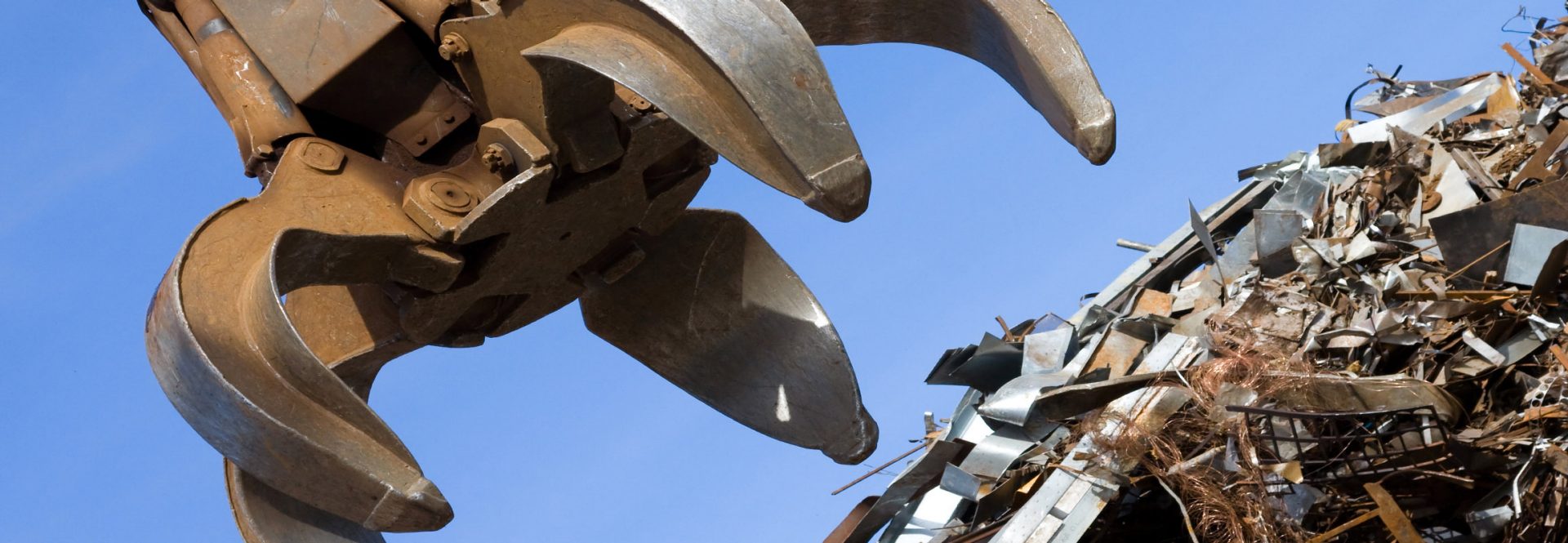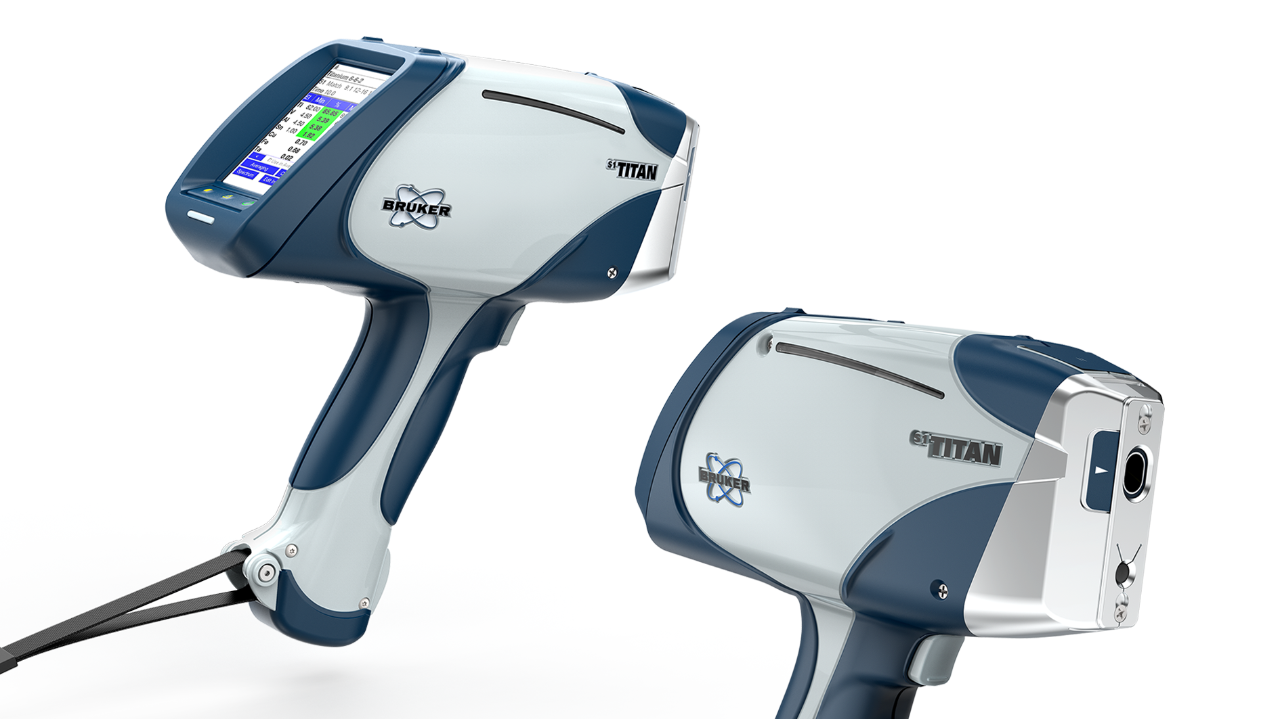

Scrap Metal Recycling
Metal Composition Analysis and Sorting
Scrap metal recycling involves the recovery, sorting and processing of scrap metal, so that it can be introduced as a raw material in the production of new goods. Handheld XRF is fast and reliable method to sort valuable ferrous and non-ferrous metal scrap. It can also provide full chemical composition of scrap metal and detect unwanted or “tramp" elements in just a few seconds.
Metal Analysis, Metal Recovery and Scrap Metal Processing
Scrap metal recycling involves the recovery and processing of scrap metal from end-of-life products or structures, as well as from manufacturing scrap, so that it can be introduced as a raw material in the production of new goods. Metal alloys are ideal material for recycling as metals can be melted any number of times and turned into new products without a loss in quality. The recycled alloy material accounts these days for more than half of the production for most of the metals. Practically all metals are recycled including iron, steel, lead, zinc, gold, aluminum and copper.
The scrap metal recycling process involves several steps. It all starts from scrap collection and recovery of end-of-life vehicles, other products and structures and manufacturing scrap. Metals are then sorted with various methods including the use of powerful magnet systems or analytical methods such as handheld XRF, and finally baled for shipment. Scrap metal is typically melted in a large furnace. Purification by electrolysis is done to ensure the final product is of high quality and free of contaminants. After purification, melted metals are cooled and solidified. In this stage, scrap metals are formed into bars that can be easily used to produce new metal products.
Sorting Scrap Metal using a Handheld XRF Gun
Whether you operate a single local scrap yard or a multi-location worldwide scrap recycling facility, handheld XRF guns for scrap metal sorting are essential equipment in your scrap yard.
These analyzers can rapidly:
Sort scrap by alloy identification & positive material identfication
Achieve rapid scrap valuations
Sort scrap for foundry operation
XRF guns are capable of analyzing all classes or metals, including:
Carbon & Low Alloy Steel
Stainless Steel
Nickel and High Temperature alloys
Copper alloys
Titanium alloys
Aluminum alloys
Exotic Metals
Scrap Metal Sorting
To use scrap metal to produce new materials, the different types of metal have to be sorted and separated into homogeneous metal fractions. One of the most commonly used scrap sorting technology is handheld XRF. Fast and accurate metal alloy sorting and analysis is essential to maximize the efficiency and profitability of a scrapyard. Today, requirements for scrap metal quality is higher than ever and sorting errors may result in rejection of entire loads and a loss of business.
With Bruker S1 TITAN handheld XRF, scrapyard operators can quickly sort mixed scrap, separating materials through the instruments comprehensive grade library. Using the handheld XRF, recycled material can be accurately quantified through elemental analysis, ensuring the correct quality of scrap metal goes forward to the melt. Even small percentages of tramp elements, which may degrade the final alloy, can be determined before further processing. In addition to metal alloy sorting, handheld XRF can be used also to identify and sort other types of materials such as PVC and non-PVC plastics or used to valuate automotive catalytic converters for their precious metal content.
Handheld XRF analyzers can thousands of analyses within a day, enabling large volumes of metal to be quickly sorted. The XRF gun provides an identification of the alloy measured, making it easy for even an unskilled operator to be a very productive scrap sorter.
Scrap Metal Prices and their Determination by XRF
Using handheld XRF provides the information required to determine the value of your scrap. By averaging several readings from a load of scrap and using a valuation source (such as the London Metal Exchange pricing), it is possible to quickly calculate the value of the scrap.
When used to examine incoming scrap, XRF guns can determine not only the analysis of the material but identify situations where there might be mixed scrap. For example, you may find that there is a substantial amount of SS 316 in a load presented as SS 304. This would substantially increase the valuation of the load.
